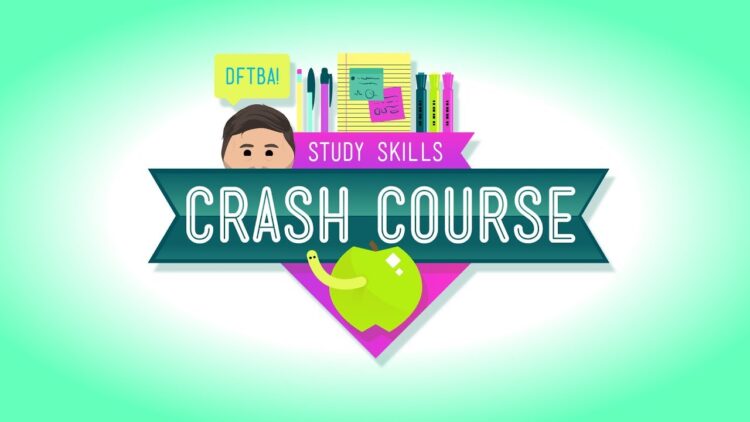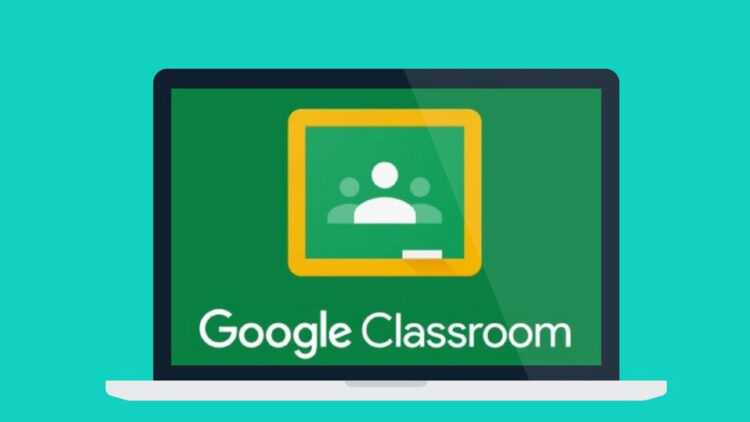E-learning is one of the fastest-growing sectors in today’s digital world. A recent study by ResearchAndMarkets.com expected the global e-learning market value to hit $331 billion by 2025. The accelerating growth in the online education industry can be attributed to the global expansion strategies of the world’s leading e-learning service providers. As soon as the international e-learning platforms touched upon a need for online educational solutions in new markets, they started to offer their services in different languages and across multiple locations. In other words, they started to consider e-learning localization as a short, direct way toward a booming global success. When developing an e-learning course or any other virtual educational program that is placed in different markets around the world, it should be understandable to everyone and no one should be “lost in translation”. So successful localization plays a significant role.
Here are some practical tips and successful models to help you properly localize your project. If you are just trying to reach this goal and you are interested in the best way to reach it, keep reading.
Best Practices
From regular educational video producers to innovation-driven e-learning app developers, localization marked a golden opportunity to tap into new lucrative markets. E-learning localization, however, requires a comprehensive set of tasks that lie far beyond translation. This ranges from cultural adaptation and multilingual subtitling insertion to coding and design modifications. Here are some recommended best practices for successful e-learning localization.

Design your platform with localization in mind. E-learning platforms with flexible designs and source codes are much easier to localize. Be aware that your textual content could be expanded or contracted when translated into another language(s). The same goes for the synchronization of multilingual subtitles or voice-over as well as the adjustment of your visual elements.
Pay close attention to cultural differences. You should by no means neglect this step if you want your material to be well received in the market in which you want to place it. A symbol that looks obvious in one culture can be unclear or even offensive in another. As you adapt your e-learning materials to a new market, make sure they stay culturally convenient. Localization aims to convert content so that it looks like it was created for your target market and is tailored to the needs of the people living in the area.
Consider a multilingual SEO strategy. Help your target audience find your course by publishing value-adding content that your target market wants to read about. It’s always important to cater to your offered service to the search queries of your target market.
Use simple language. If you want the whole world to understand you, you must try to answer the given topic as simply as you can. Clear and concise content can be easily converted into different languages. On the other hand, some phrases and words are specific to a certain speech area and are difficult to translate into other languages, thus making the content less understandable. So, avoid using complex words and idiomatic expressions. Your e-learning content is more likely to spread around the world when it is simple, precise, and straight to the point.
If you have trouble expressing yourself in the right way, or you are afraid that your grammar is not completely correct, you can consult with some language service that will help you overcome your problems. Appropriate and well-written content is very important if you want to achieve your goal. Thanks to the online world, you can consult with Language Trainers that can either help you write the content or check and correct the written content. Also, if you want to promote your language knowledge, you can even attend online classes, so you can be completely confident in your language skills.
Collaborate with natives. Locals are fully versed in the cultural and social characteristics of your target market. That information will be of great importance to you to easily adapt your project to the desired audience. Find a native agency that has a proven track record of success and specializes in educational and e-learning localization services. Such collaboration is a key factor toward a fruitful e-learning localization project according to Torjoman.com.
Successful models

The success of e-learning localization is evidenced among the world’s top-ranking e-learning platforms. They either add multilingual subtitles and voice-over options to their courses or recreate their content in the native language with the help of local experts. The following examples show how online education giants took advantage of professional e-learning localization services:
1. Coursera

Leading online education hub Coursera offers hundreds of business and technical courses in multiple languages. The platform also allows its users to filter their search results by language. This has been proven successful as Coursera’s user base hiked from 26 million in 2017 to 40 million in 2019. In order to provide online courses, it collaborates with many universities and thus obtains the opportunity to acquire knowledge in fields such as physics, chemistry, biology, mathematics, and others. Great, isn’t it?
2. Crash Course

The 11-million-user Youtube channel Crash Course offers subtitles in over 20 languages. This award-winning virtual place has garnered over 1 billion video views by the beginning of 2024. The project was funded by YouTube as one of the first original channels and it represents a platform with multiple content topics including history, biology, scientific courses, and humanities. Due to its great popularity, 38 main series have been developed so far. The founders of the VlogBrothers channel are the brother’s John and Hank Green, and they were one of the first to attract the attention of the audience and be noticed on the YouTube platform.
3. JanBask Training
JanBask Training e-learning platform that provides online training to individuals all across the world in various software and IT courses including Salesforce, DevOps, Big Data, SQL, and many more. The company is known for its quality of services and dedication to its students. It provides comprehensive training that hones your skills in practical sessions. The aim of the company is to train and polish the technical skills of its learners to enable them in building an idealistic future of their dreams being converted into tangible reality.
4. Google Classroom

Another school example of efficient localization strategies in the e-learning industry is Google Classroom. The online educational software simulates the learning process with versatile user experience. The classroom simulation application that supports over a hundred languages as part of Google packages now has more than 400 million users all around the globe.
Time to localize
A huge number of internet users are non-English speakers, and many of them look forward to finding your online educational content. There are millions of learners out there who are looking for effective e-learning solutions, as well. Therefore, e-learning localization has turned into a common approach among the world’s industry leaders. Simply put, your e-learning platform has much more success potentials when it’s localized. So now is the right time to think about how your content will become closer to readers in different parts of the world. Consider the above tips as maybe they can be your path to success. Find out more at future-trans.com.
 Hi Boox Popular Magazine 2024
Hi Boox Popular Magazine 2024



